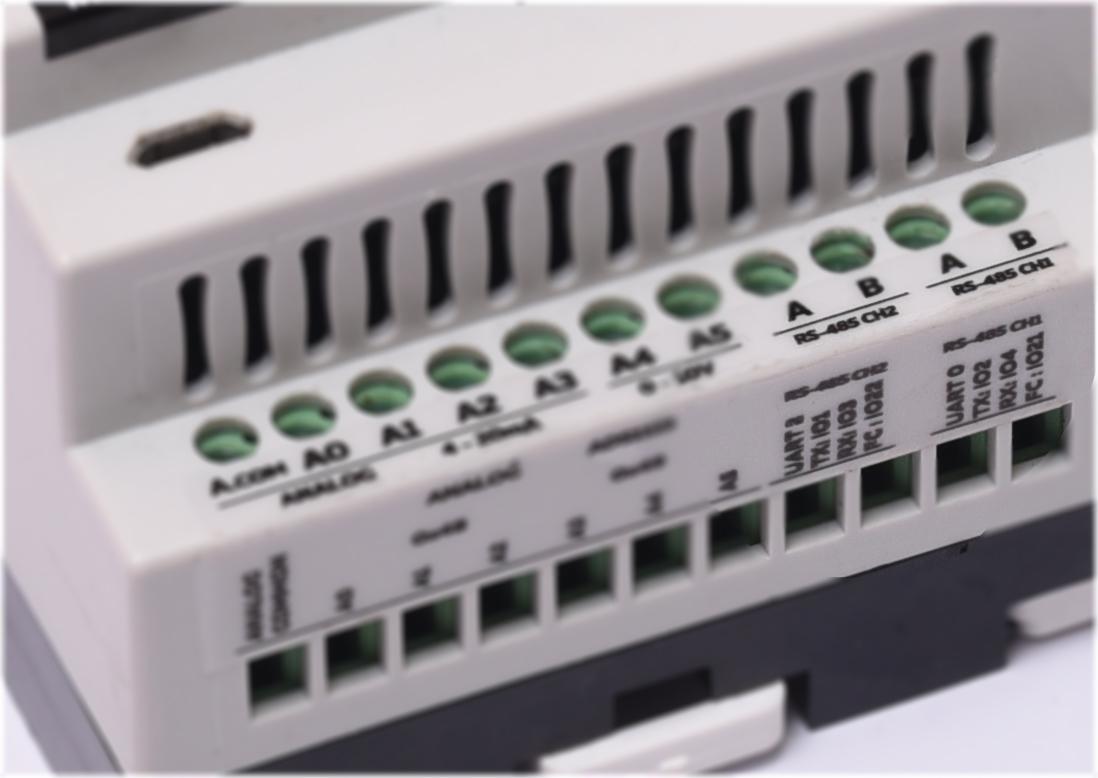
RS-485 signals are used in a wide range of computer and automation systems. RS-485 is used for low-speed data communications in commercial aircraft cabins’ vehicle bus. It requires minimal wiring, and can share the wiring among several seats, reducing weight.
These are used in programmable logic controllers and on factory floors. Utilizing a series of dedicated interface devices, it allows PCs and industrial controllers to communicate. Since it is differential, it resists electromagnetic interference from motors and welding equipment.
RS-485 is also used in building automation as the simple bus wiring and long cable length is ideal for joining remote devices.
Almost all the NORVI controller has RS-485 connectivity standard or as an option. There are several communication protocols which is supported by RS-485, Modbus RTU and Profibus are the widely used protocols among them.
This article is about compatibility Modbus RTU with RS-485 connection on NORVI Programs.
There are several libraries which we have tested to work with NORVI Controllers.
NORVI IIOT ESP32 / NORVI Agent 1 / NORVI Agent 2
Modbus RTU Master
Library: https://github.com/bertmelis/esp32ModbusRTU
This is the perfect library for MODBUS Master on ESP32 based NORVI IIOT. We can read registers of Modbus slave devices like Energy Meters, and sensors. And we can read values from Programmable Logic Controllers as well.
Modbus RTU Slave
Library: https://github.com/JhonControl/ESP8266-Modbus-RTU-Slave-Emoncms
If you want make NORVI device work as a Modbus slave letting a Modbus master read values from NORVI this library can help you do it.
You can create a Modbus Register in NORVI controller, with just a single line of code. This is useful to make NORVI work with HMI via RS-485.
Modbus TCP Master
Library: https://github.com/bertmelis/esp32ModbusTCP
Library for implementing Modbus TCP connection over WIFI.
NORVI Arita
https://github.com/smarmengol/Modbus-Master-Slave-for-Arduino
https://github.com/yaacov/ArduinoModbusSlave
